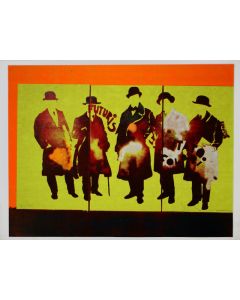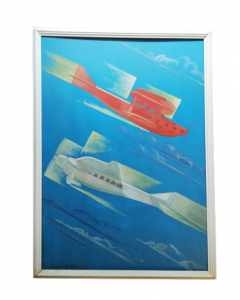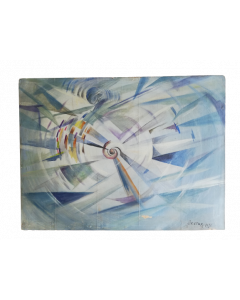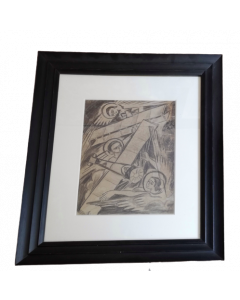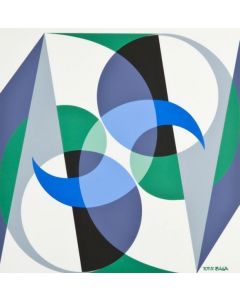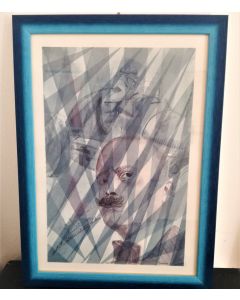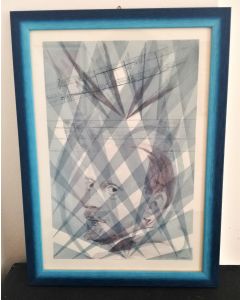Futurism
Futurism is an art's movement born on early twenthieth century. Even if it has spread all over Europe, it was born in Italy, thanks to a group of Italian artists guided by the writer Filippo Marinetti, who on February 20th 1909, publishes on the prestigious newspaper Le Figaro the founding principles about futurism. The features are simple to define, because they break down with the past. In the 19th century the art was influenced by patriotism, wars and nationalism, in fact the artists chose dark colors, melancholic atmosphere and sad subjects, like cemetery or death moments (for example, The death of Marat by Jaques Louis David). Instead, the futurism brings colors, energy and creativity.
Futurism had two phases: the first, before the great war, it was flourishing, and some of its artists were Umberto Boccioni, Carlo Carrà and Gino Severini. With the world war, many painters emigrated out of Europe or died, like Umberto Boccioni. The second phase began after 1918: the movement became gloomy and, for its principles, it was approached to the fascism. Many artists (Carrà, Sironi, Morandi for example) changed the style to different kind of art like surrealism.

